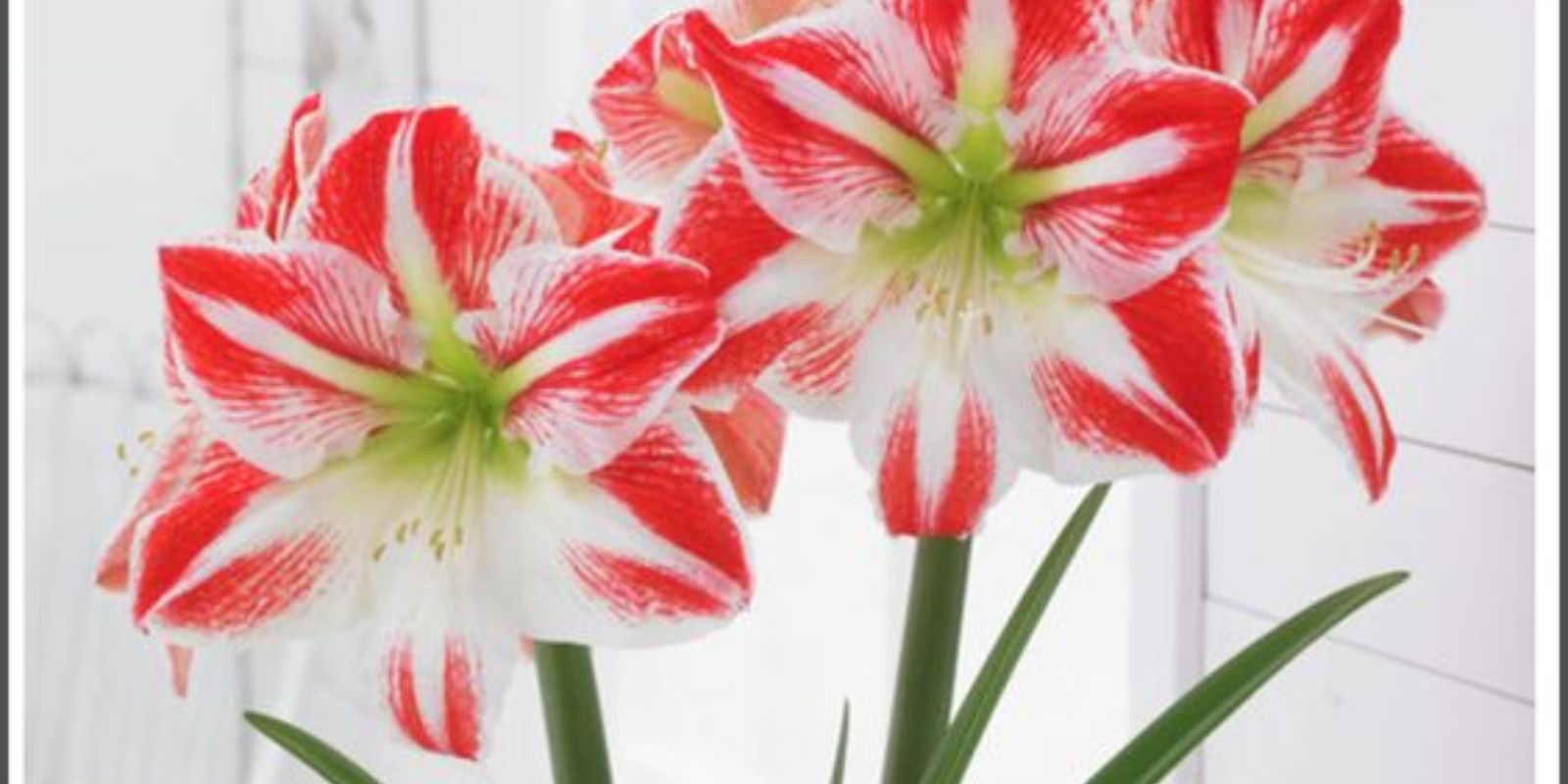Introduction
Amaryllis (Hippeastrum spp.) is a beloved indoor plant known for its large, striking blooms that can brighten any room. While it’s often purchased for a single showy display, with the right care, you can enjoy its beautiful flowers year after year. This article provides a detailed guide on how to grow and re-bloom amaryllis, ensuring you get the most out of this stunning plant.
Understanding Amaryllis
Botanical Overview
Amaryllis belongs to the Amaryllidaceae family and is native to South America. It’s recognized for its large, trumpet-shaped flowers that can range in color from deep reds and pinks to whites and oranges. The plant typically produces one to three flower stalks per bulb, each bearing multiple blooms.
Blooming Cycle
Amaryllis generally blooms in late winter or early spring. The flowering period can last several weeks, providing a vibrant display in the middle of the colder months. After blooming, the plant enters a period of dormancy, during which it needs specific care to ensure it can bloom again the following year.
Choosing and Planting the Bulb
Selecting a Bulb
Choose a high-quality amaryllis bulb that is firm and free of mold or soft spots. Larger bulbs tend to produce more impressive flowers. Purchase bulbs from reputable nurseries or garden centers to ensure healthy plants.
Potting the Bulb
- Pot Selection: Use a pot that is about 1-2 inches larger in diameter than the bulb. Amaryllis bulbs have shallow roots, so the pot doesn’t need to be too deep.
- Soil Preparation: Fill the pot with a well-draining potting mix. A blend designed for bulbs or a mixture of peat moss, perlite, and compost works well.
- Planting Depth: Plant the bulb so that about one-third of it is above the soil surface. This helps prevent the bulb from rotting and allows the roots to develop properly.
Caring for Amaryllis
Watering
- Initial Watering: Water the bulb lightly after planting to settle the soil. Ensure that the pot has good drainage to prevent waterlogging.
- Ongoing Watering: Keep the soil consistently moist but not soggy. Allow the top inch of soil to dry out between waterings. Overwatering can lead to bulb rot, so it’s crucial to maintain the right balance.
Light and Temperature
- Light Requirements: Place the pot in a bright, sunny location. Amaryllis prefers indirect light or filtered sunlight. Too much direct sunlight can scorch the leaves, while insufficient light may inhibit flowering.
- Temperature: Amaryllis thrives in temperatures between 65-75°F (18-24°C). Avoid placing the plant in drafts or near heating vents, as extreme temperatures can affect its growth.
Post-Bloom Care
After Flowering
- Leaf Maintenance: Once the flowering period ends, allow the leaves to remain on the plant. They play a crucial role in photosynthesis, helping the bulb store energy for the next growing cycle.
- Reduce Watering: Gradually reduce the amount of water as the plant prepares for its dormant phase. Do not let the soil dry out completely, but cut back on watering significantly.
Preparing for Dormancy
- Cutting Back: After the leaves have yellowed and died back naturally, cut off the flower stalks but leave the leaves until they die off completely.
- Storing the Bulb: Remove the bulb from the pot and clean off any soil. Store the bulb in a cool, dry place at around 50-60°F (10-15°C) for 8-12 weeks. A paper bag or cardboard box works well for storage.
Re-Blooming Amaryllis
Replanting
- Timing: After the dormant period, replant the bulb in fresh potting soil. Resume regular watering and place the pot in a bright location.
- Initial Growth: It may take several weeks for new shoots to appear. Be patient and continue providing light and moisture as the bulb begins to grow.
Fertilizing
- Spring Feeding: Once new growth emerges, start feeding the plant with a balanced, water-soluble fertilizer every 2-3 weeks. This will support strong growth and blooming.
- Avoid Over-Fertilizing: Follow the manufacturer’s instructions to avoid over-fertilizing, which can harm the plant.
Troubleshooting Common Issues
Pest and Disease Problems
- Pests: Watch for common pests such as aphids, spider mites, and mealybugs. Treat infestations promptly with insecticidal soap or neem oil.
- Diseases: Root rot and bulb rot can occur if the plant is overwatered or planted in poorly draining soil. Ensure good drainage and avoid watering the plant too frequently.
Poor Blooming
- Light and Temperature: Insufficient light or incorrect temperatures can affect blooming. Ensure the plant receives adequate light and is kept within the recommended temperature range.
- Nutrient Deficiency: Lack of blooming can also result from a nutrient deficiency. Regular feeding during the growing season can help prevent this issue.
Benefits of Growing Amaryllis
Aesthetic Appeal
The large, colorful blooms of the amaryllis make it a focal point in any room. Its striking flowers can elevate the ambiance of your indoor space and bring cheer during the winter months.
Low Maintenance
Once established, amaryllis is relatively low maintenance compared to other indoor plants. Its ability to bloom annually with minimal care makes it a rewarding addition to your plant collection.
Conclusion
Growing and re-blooming amaryllis is a gratifying experience that allows you to enjoy its spectacular flowers year after year. By following the steps outlined in this guide, you can successfully cultivate and care for this beautiful plant, ensuring it continues to enhance your space with its dramatic blooms. Embrace the joy of growing amaryllis and transform your indoor garden into a vibrant, blooming paradise. 🌸✨

